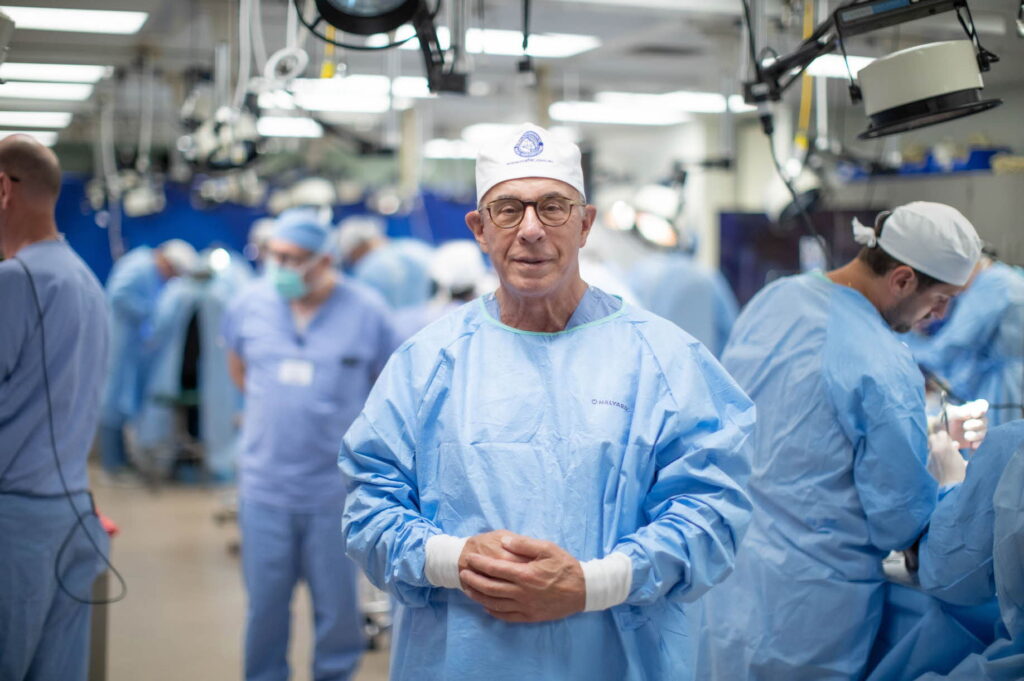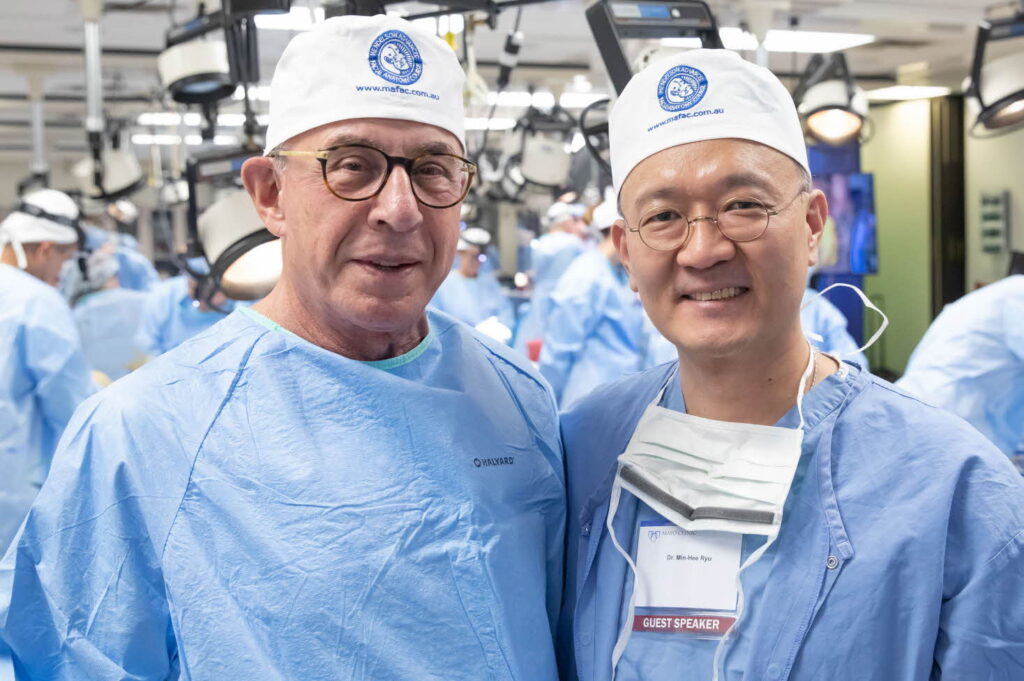
[Mendelson Deep Plane Face Lift and Mayo Clinic Aesthetic Facial Contouring Hands-on Surgical Skills August 3-5, 2023]
MAFAC (Mendelson Advanced Facial Anatomy Course) is the world’s leading academy dedicated to educating and researching facial anatomy and facelift surgery through cadaver dissection. It is held 2 to 4 times a year in the USA, Australia, and Europe. In MAFAC, founded by Dr. Bryan Mendelson, who has made historic contributions to the field of American plastic surgery textbooks, facial anatomy, and lifting surgery, I have been participating as a faculty member annually since 2016.
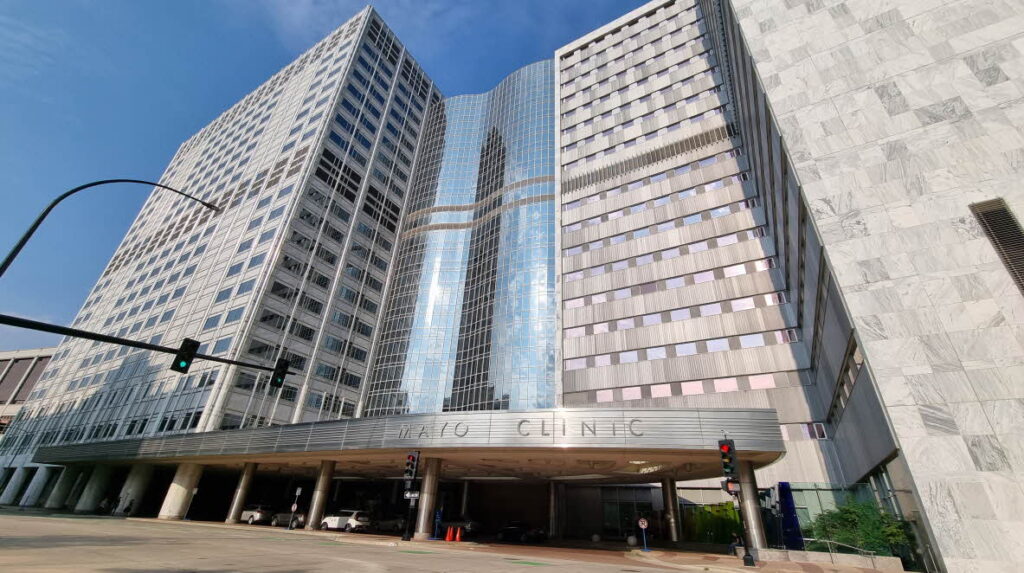

This edition of MAFAC was specially prepared. It was held as a 3-day course at the Mayo Clinic, ranked as the number one hospital in the United States. The Mayo Clinic in Rochester, USA, is a historic site with a 160-year tradition and has made significant contributions to the advancement of medicine. Together with MAFAC, the world’s leading academy in facial anatomy, we conducted a facial anti-aging conference and a Cadaver Dissection Workshop.



The founding director of Heritage Hall, Prof. Matthew D. Dacy, personally guided us around various locations at the Mayo Clinic, offering a special VIP tour exclusive to MAFAC faculty, during which we reflected on the history and significance of the site. We shared memories from the past of Dr. Mendelson, who had trained in surgery and plastic surgery here. He has made monumental contributions to medical advancement, including winning the Nobel Prize for the invention of the steroid cortisone, pioneering the use of the first heart-lung machine for open-heart surgery, and inventing the CT scan, among others.
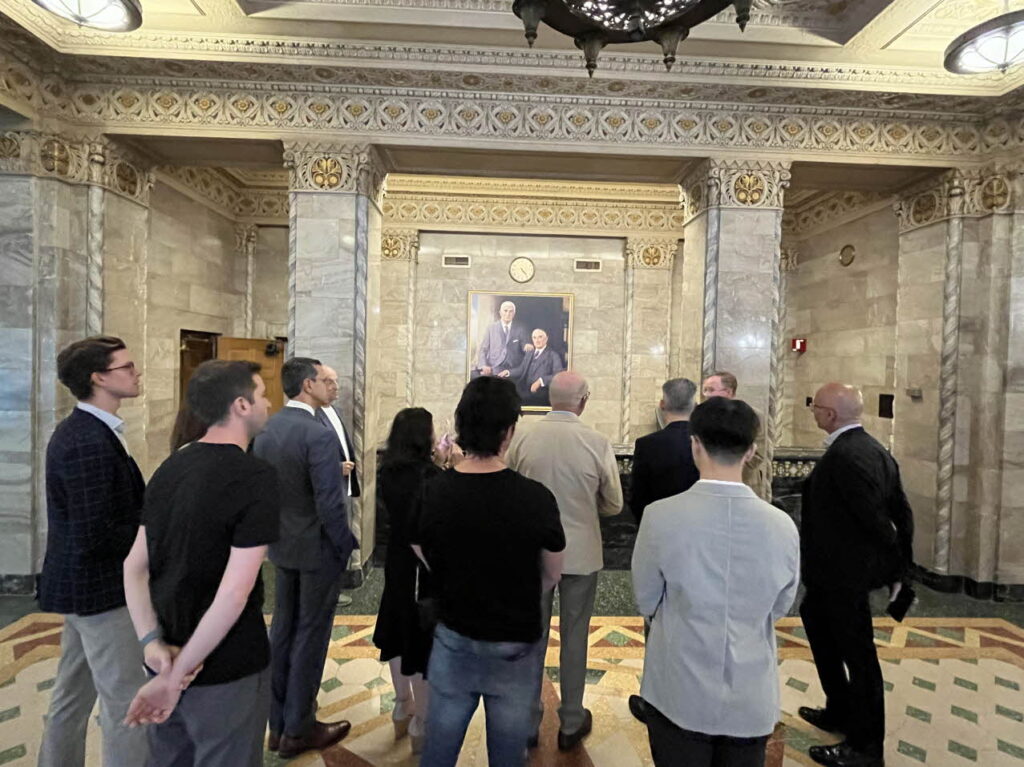

The three triangles in the Mayo Clinic logo represents ‘Patient Care, Research, Education,’ and I was most impressed by how this legacy continues to be upheld and practiced. The spirit of Creativity and Generosity of the Mayo brothers is similarly notable. Indeed, for many doctors, the Mayo Clinic is a revered legend, frequently mentioned in textbooks and even on surgical instruments, making the term “Mayo” familiar. Each site at the historical grounds and Heritage Hall has its own story, which I will explain in detail whenever the opportunity arises.

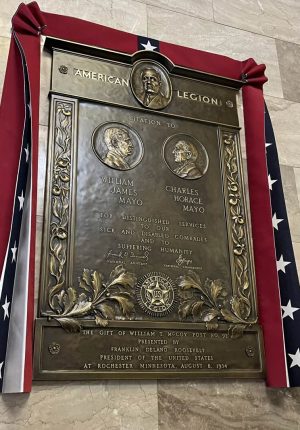
This painting is the work of Prof. Basel Sharaf, who organized the Mayo MAFAC and is one of the MAFAC faculty members. To briefly introduce his backstory, during the 2020 lockdown, he started this project for fun to keep himself occupied. Although he was just starting to paint and felt some pressure, he reminded himself that it was an exciting and enjoyable endeavor despite the gloomy period. He was able to progress step by step thanks to a great mentor, refreshing himself every Saturday by going to the studio and listening to dozens of audiobooks. He often doubted he would ever finish the painting, with depicting the windows of the Gonda building being the most challenging part. After a year and a half, he completed the artwork, which is now displayed in the center of Heritage Hall at the Mayo Clinic. I am so proud of my friend Basel.
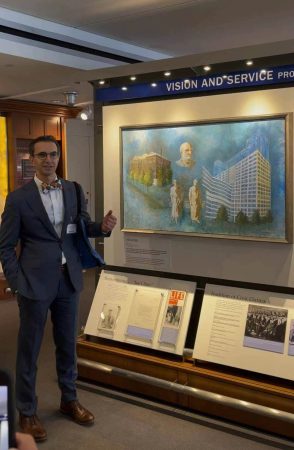

HEALING by Basel Sharaf, M.D.
This oil painting was inspired by the exemplary teamwork of Mayo Clinic health care providers in service to patients during the COVID-19 pandemic. It captures the legacy and vision of the founders from the beginning of Mayo Clinic to the present, and into the future.
“The glory of medicine is that it is constantly moving forward.”
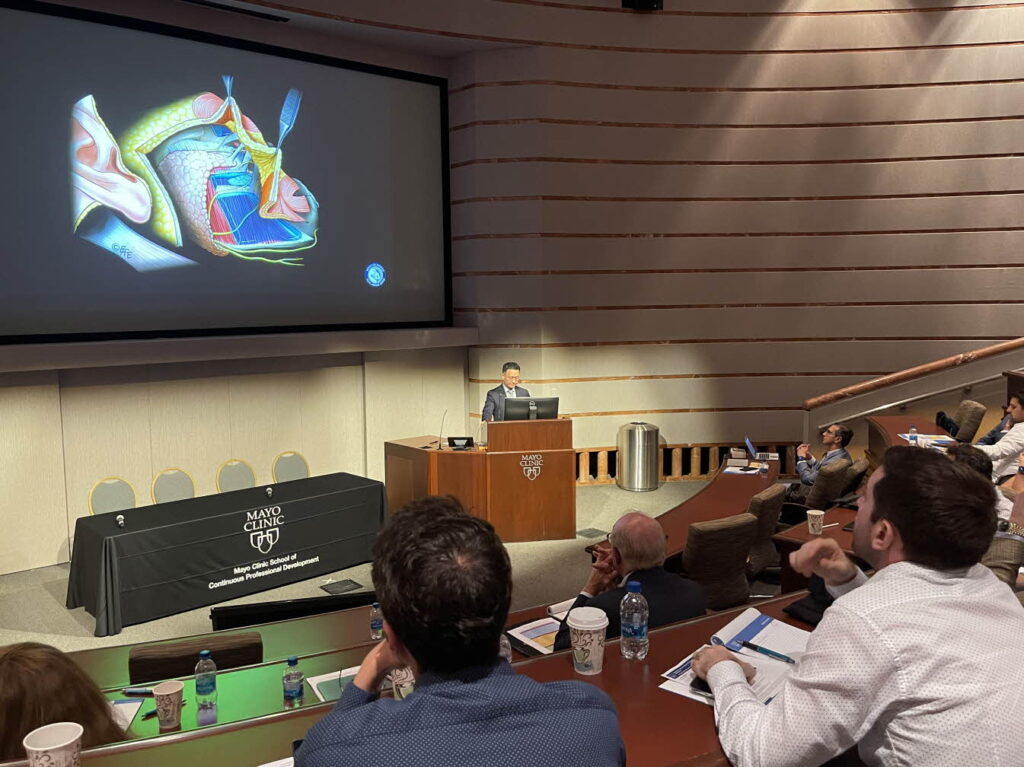
It is my privilege and honor to be part of the faculty member in Mayo Clinic and give a talk on ‘Deep Plane Facelift in Asian Patients’. I greatly appreciate my friend, Prof Basel Sharaf, and Mendelson group for organizing this meaningful meeting. It was such a fantastic course!
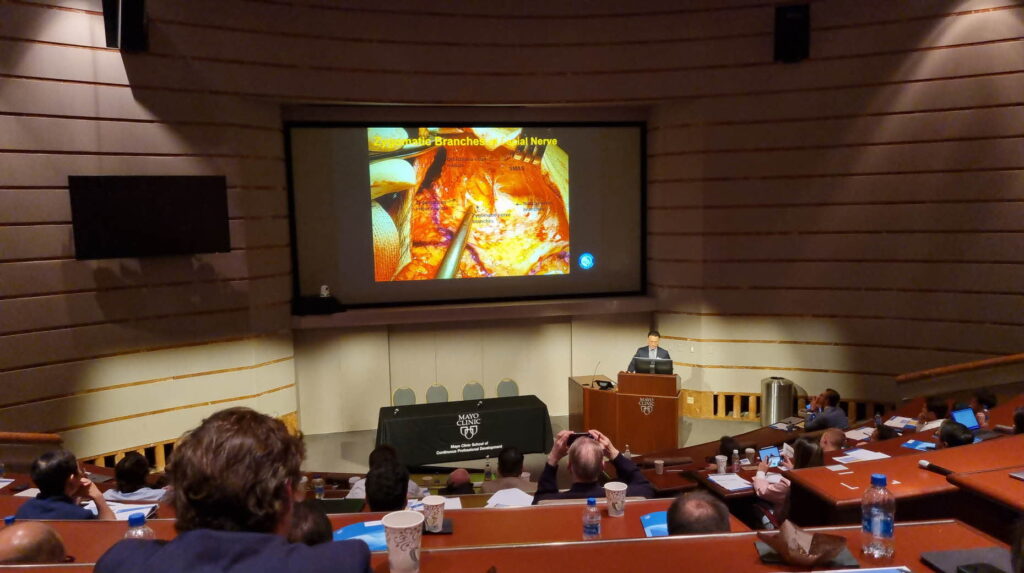
I had the honor of lecturing at the Mayo Clinic, America’s number one ranked hospital, which has made significant contributions to the history of medicine. Dr. Mendelson congratulated me with a “well done!” And I received many kind words from various colleagues and friends.
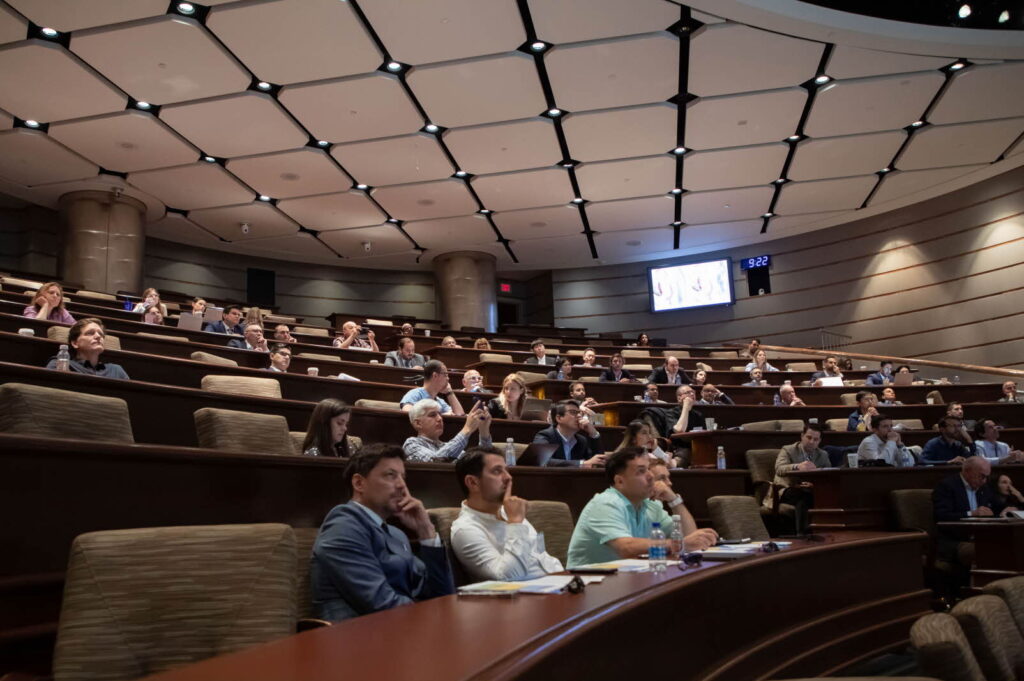
I have reinterpreted the globally trending “Deep Plane Facelift” from an Asian perspective. Additionally, Dr. Levent Efe’s outstanding medical illustrations have been immensely helpful. It is a great joy to be respected by top-tier colleagues worldwide. A chapter of mine will be featured in Dr. Mendelson’s book, which is set to be published by QMP this December, and I am nearly finished with a paper on the same topic. It is an immense honor to contribute to the advancement of Facial Anatomy and Rejuvenation Surgery alongside these valuable connections.
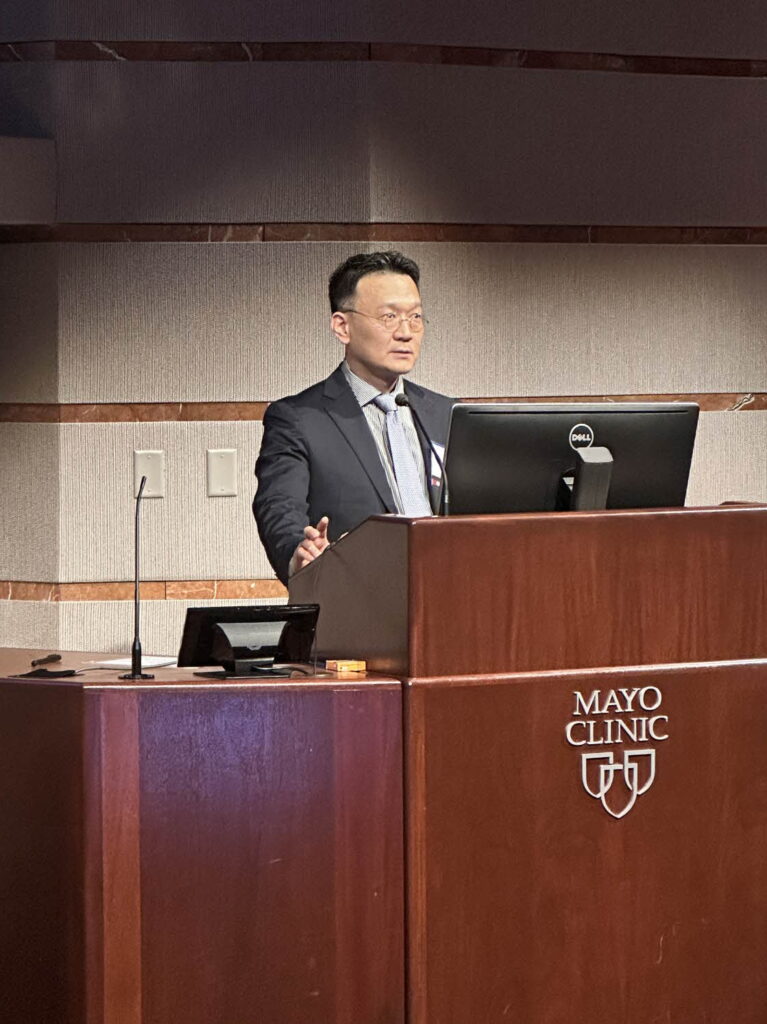

After successfully completing the first day of sessions, we had a welcome reception. The gathering included plastic surgeons from around the world, all deeply connected by their shared interest in facial anatomy and rejuvenation surgery. Even those I met for the first time felt like old friends, and my long-time friends felt like family. Truly a MAFAC family!

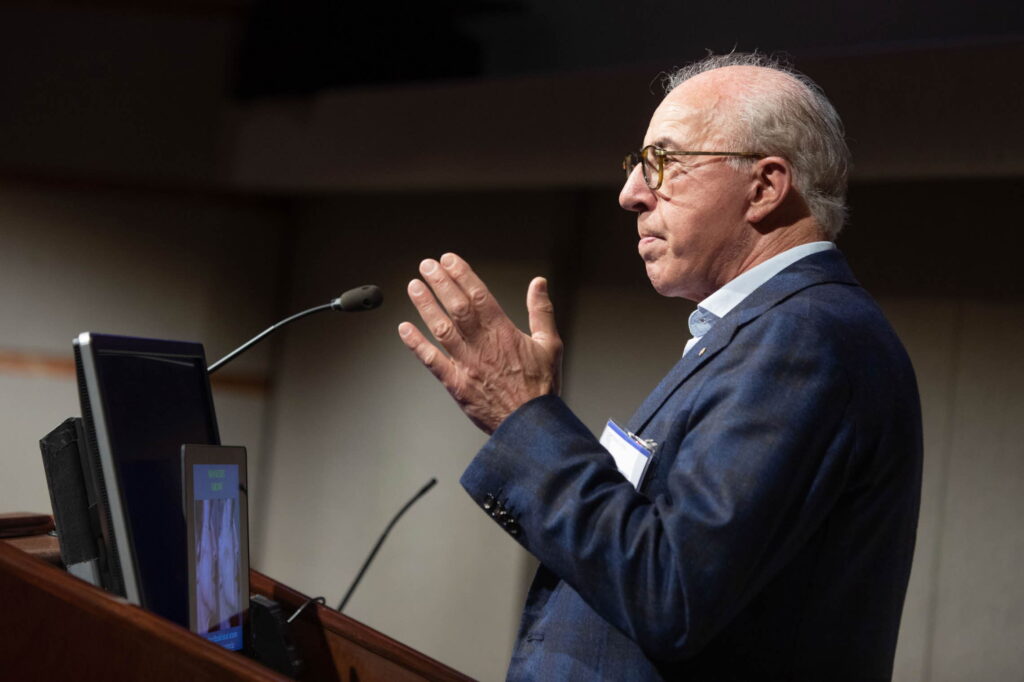
The original intent of MAFAC (Mendelson Advanced Facial Anatomy Course) is to facilitate the understanding of facial anatomy and master Deep Plane Facelift techniques through hands-on cadaver dissection. The lectures by Dr. Bryan Mendelson and Dr. Gerald O’Daniel were outstanding, and particularly memorable was Prof. Basel Sharaf’s 3D lecture on facial layers and facial nerves.
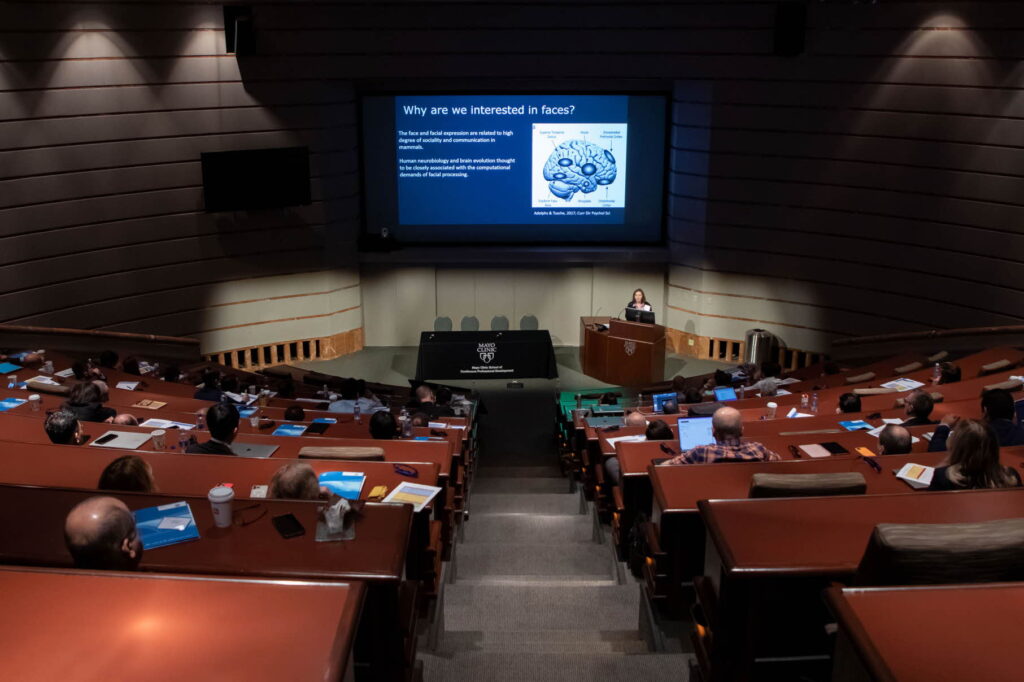
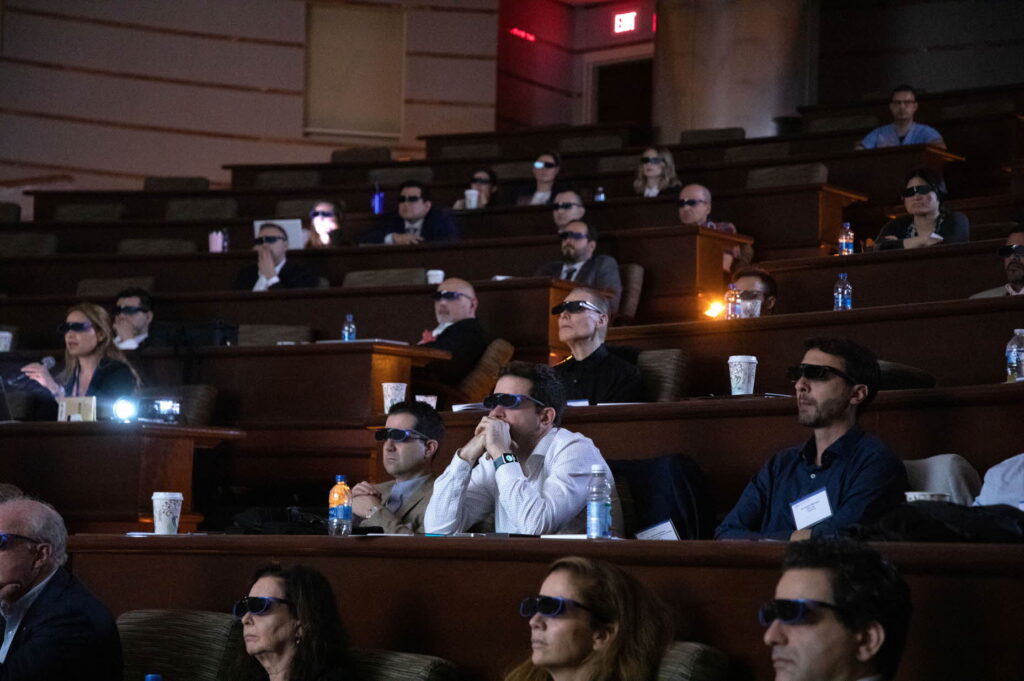
I could truly feel how actively the Mayo Clinic, which upholds ‘Clinical Practice, Research, Education’ as its motto, engages in research and education. Such content could not be possible without excellent infrastructure and systems. Moreover, this course offered insights into facial anatomy and lifting surgeries, as well as intriguing presentations on comparative anatomy, lectures by ENT professors, and collaborative surgeries related to gender transition procedures. As I enhance my expertise internally and actively expand externally, I am proud to be a part of the MAFAC faculty.
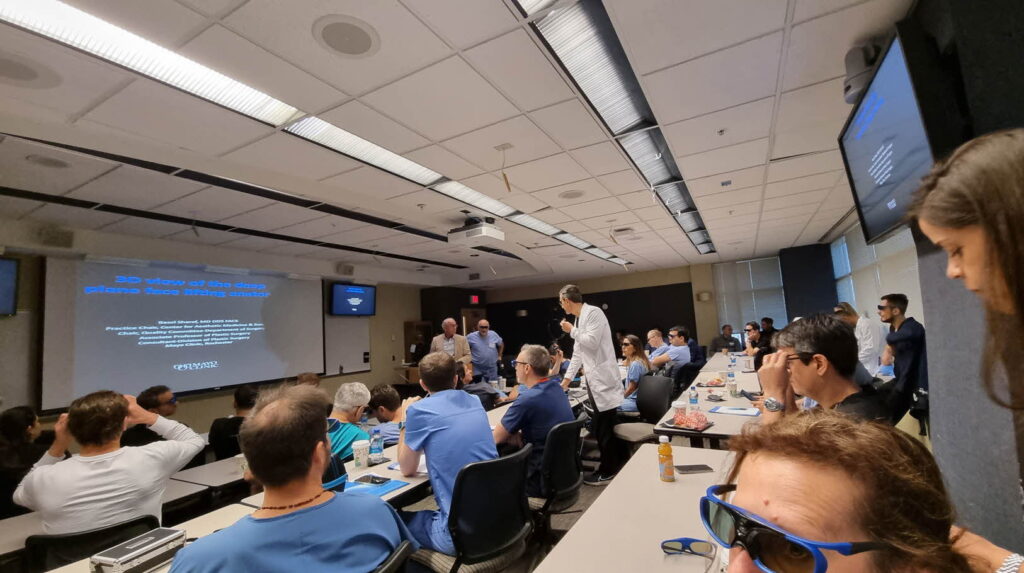
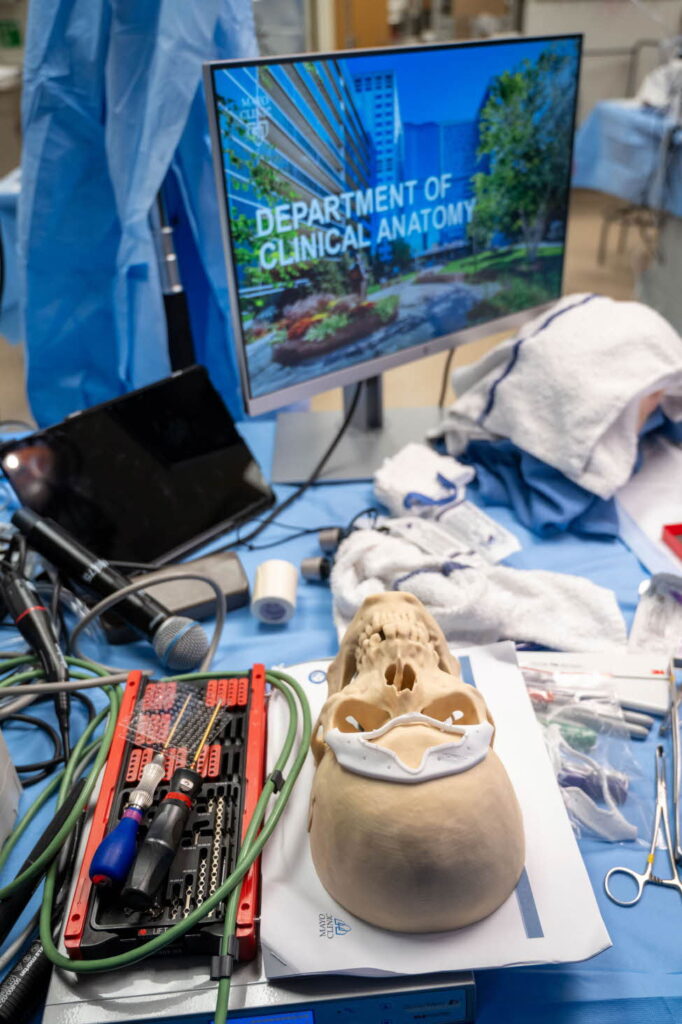
The participants in the group I led were plastic surgeons from the United States and Latin America. I have had interactions with Dr. Otto Ziegler and Dr. Oscar Fernandez-Diaz before, and Otto joined the group on my recommendation.
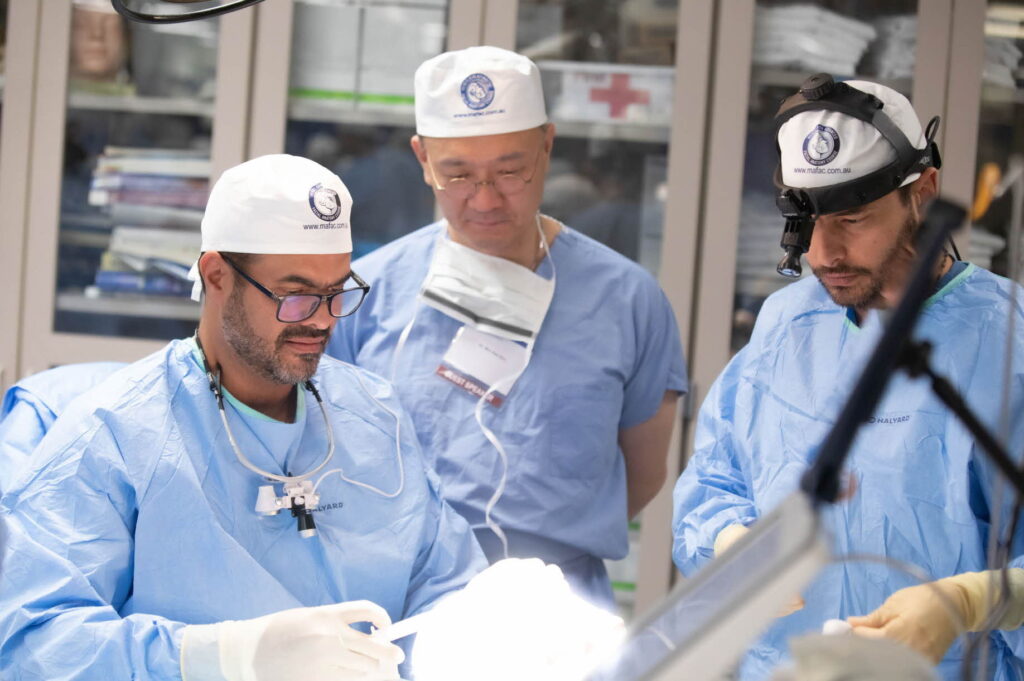
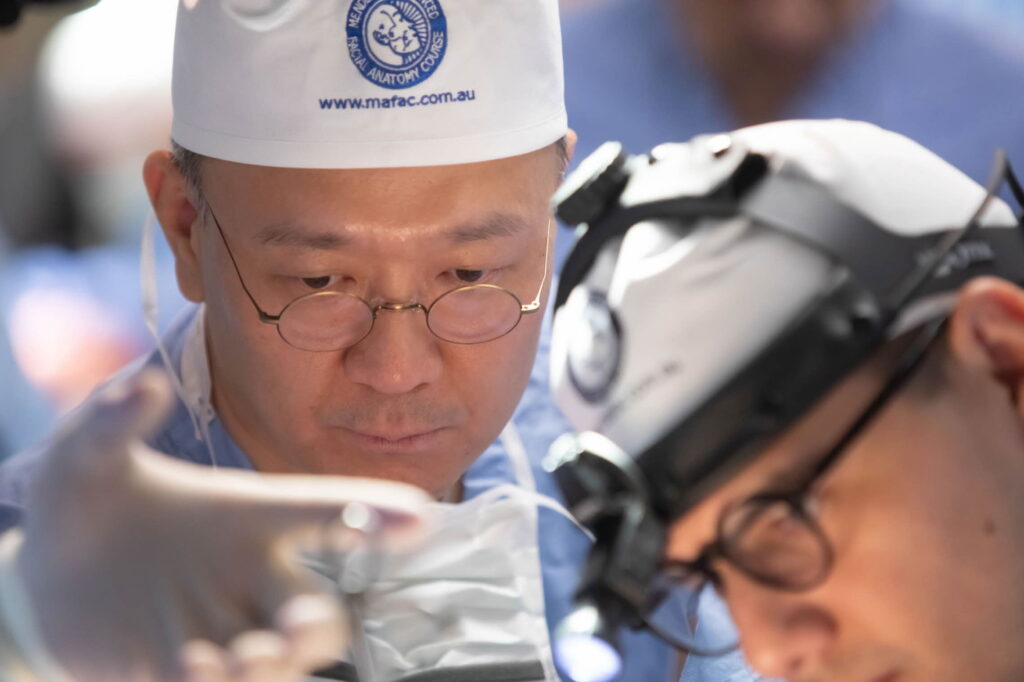
Although it was their first MAFAC, all the participants seemed to enjoy the Cadaver Course, likely due to their high level of expertise and experience. During my tutoring, I also shared some personal tips that I had mentioned in yesterday’s lecture. Avoiding nerve damage is crucial in a Deep Plane Facelift, and I have freely shared key techniques for achieving this. I helped the participants physically feel and understand these techniques through their own hands-on experience. This kind of learning is only possible in a Hands-on Cadaver Dissection setting, where observing and listening is directly translated into personal practice. This embodies what we strive for at MAFAC (Mendelson Advanced Facial Anatomy Course).
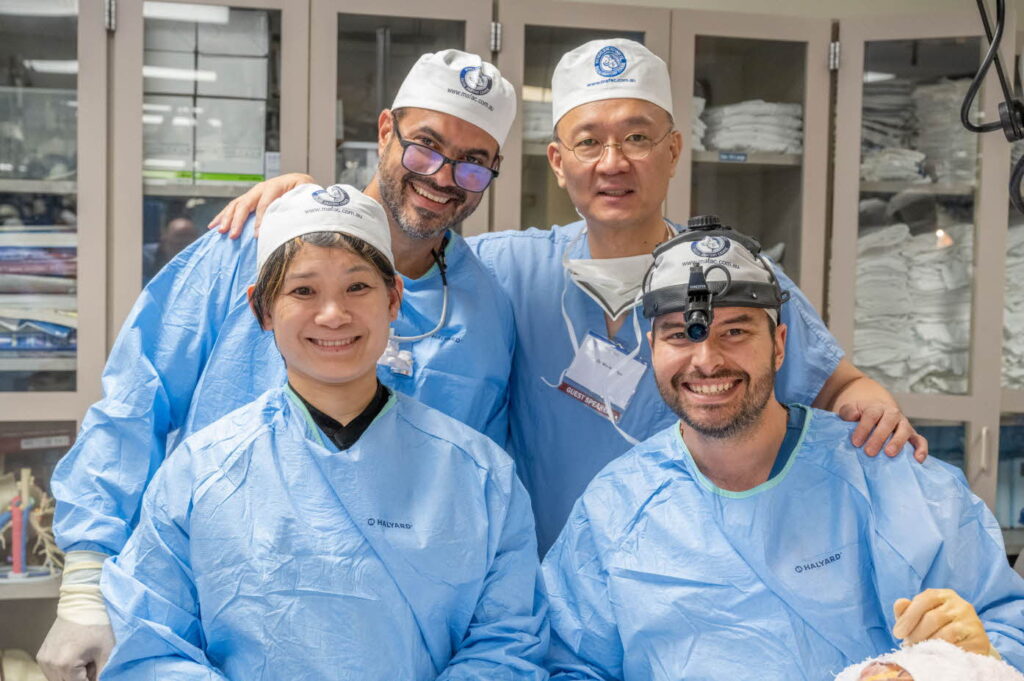

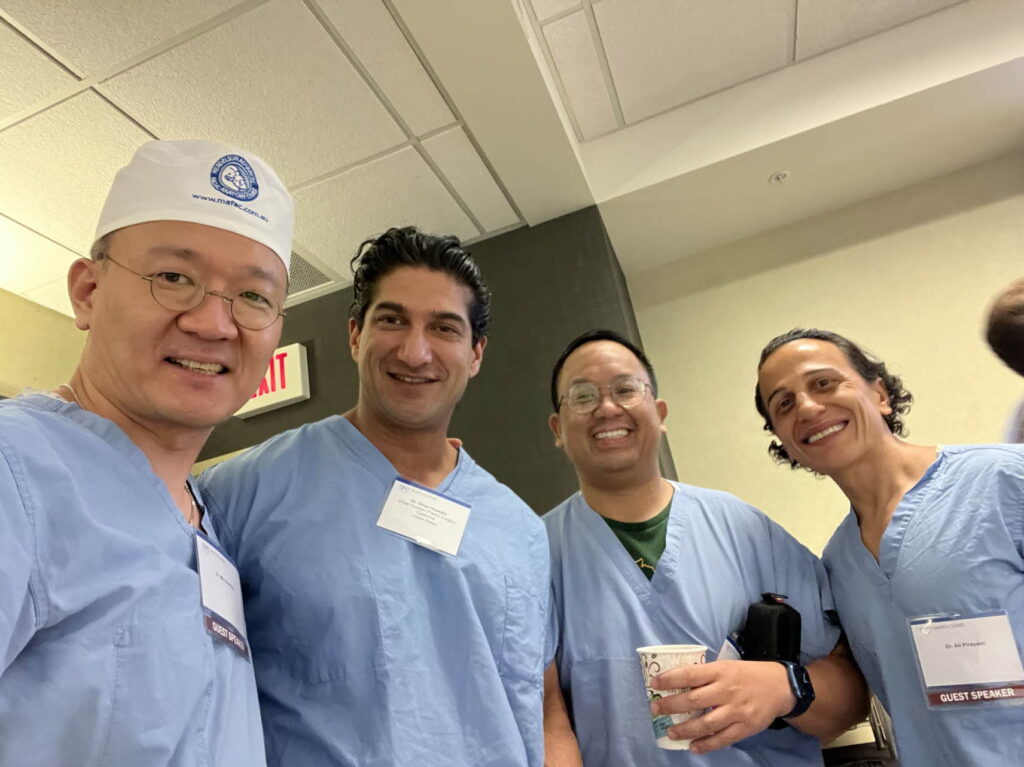
Dr. Omar Hussain and Dr. Paul Tran from Los Angeles completed their plastic surgery training at the Mayo Clinic. Dr. Ali Pirayesh from the Netherlands will be a Guest Faculty host at the Amsterdam MAFAC in December. They are delightful and wonderful friends.
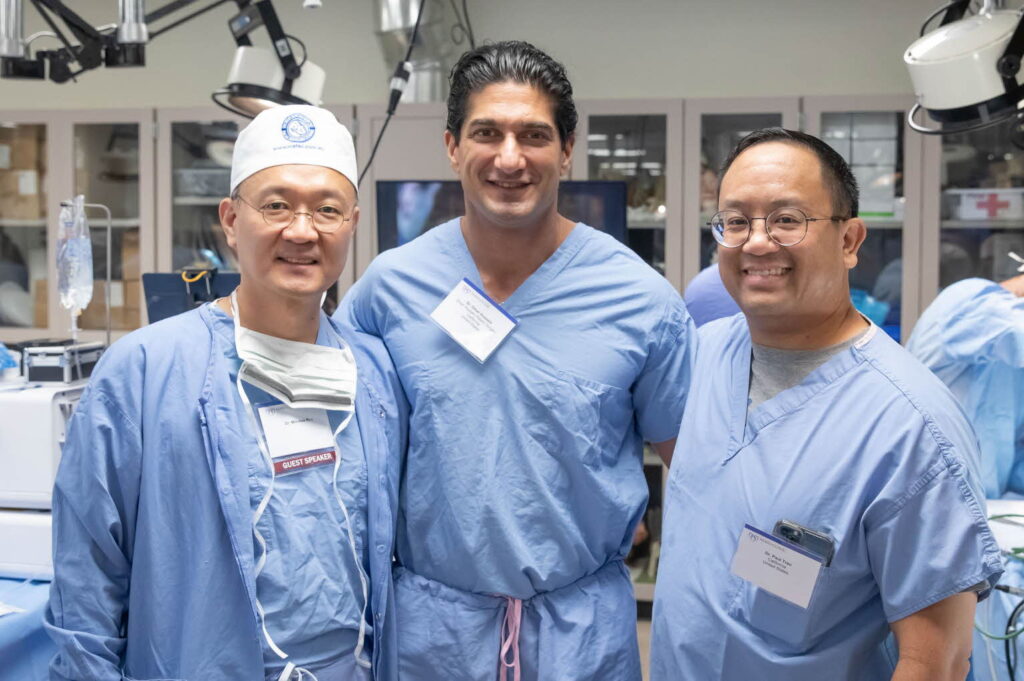
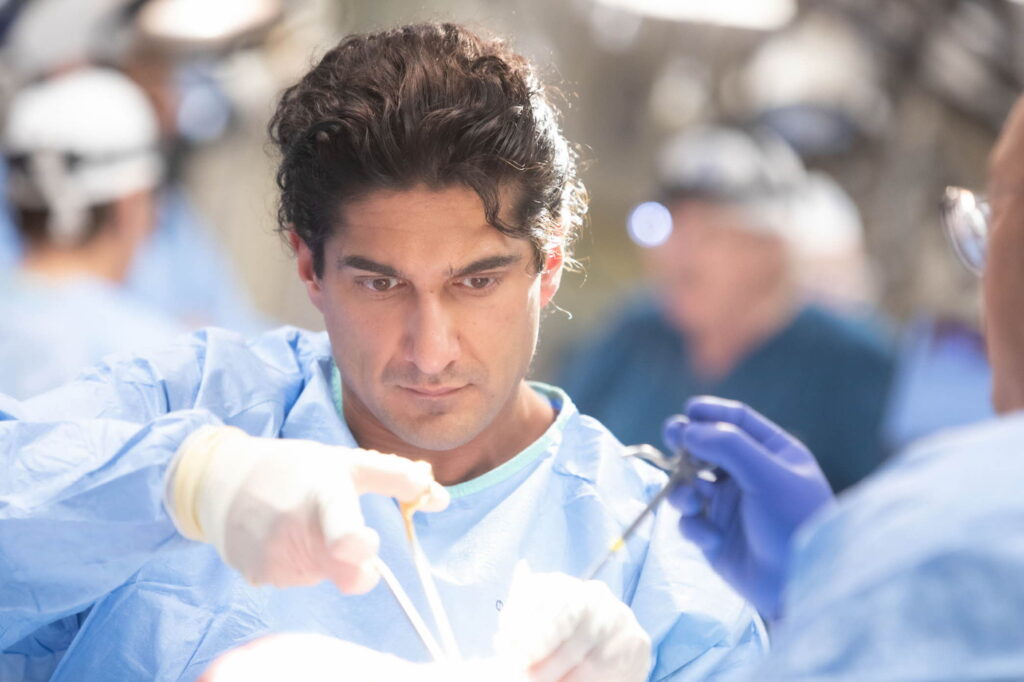
During the two days of cadaver dissection, both the general and specific aspects of facial anatomy were thoroughly covered, and Facial Feminization Surgery was introduced in a meaningful way. Necessary changes in facial structure following gender transition surgery were demonstrated and practiced hands-on. While not a common surgery, it was a unique experience. I am proud of MAFAC for its dedication to fundamentals and constant progression forward.
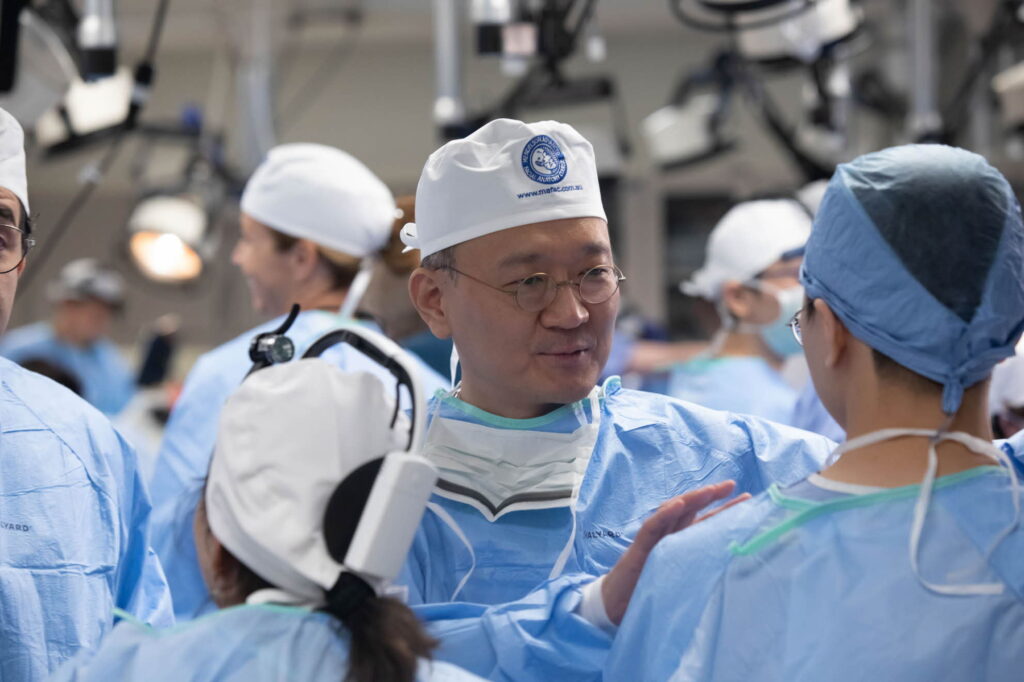
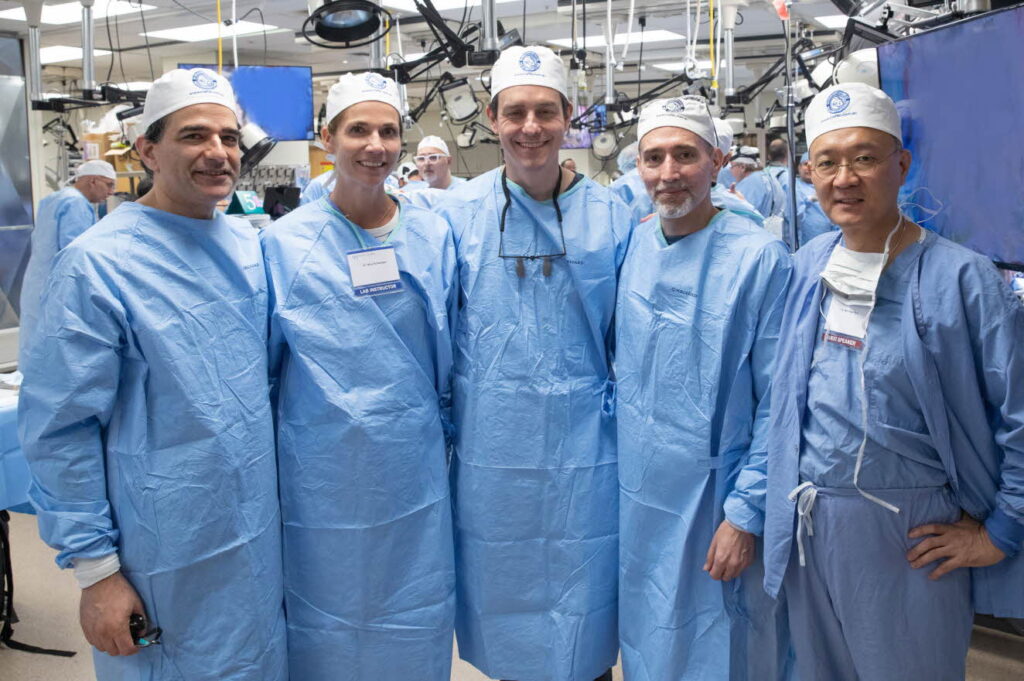
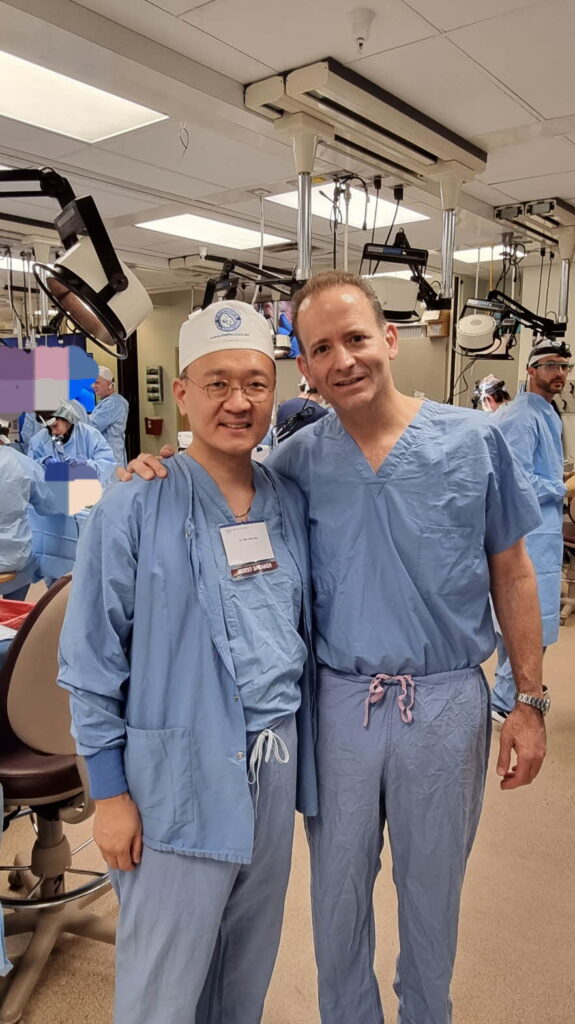
One person I was particularly eager to meet at the Mayo Clinic was Prof. Samir Mardini. He gained global attention, not just in the U.S., for successfully performing a complete face transplant in 2016. He reconstructed the face of a young man severely damaged by a gunshot injury, giving him a new lease on life. This story was widely covered by media outlets such as CNN and the BBC. For this project, the Mayo Clinic surgical team dedicated over fifty Saturdays across three years, meticulously planning and practicing. Prof. Basel Sharaf, whom I met at MAFAC in Melbourne in 2018, told me about this, and he, of course, played a significant role in the surgical team.
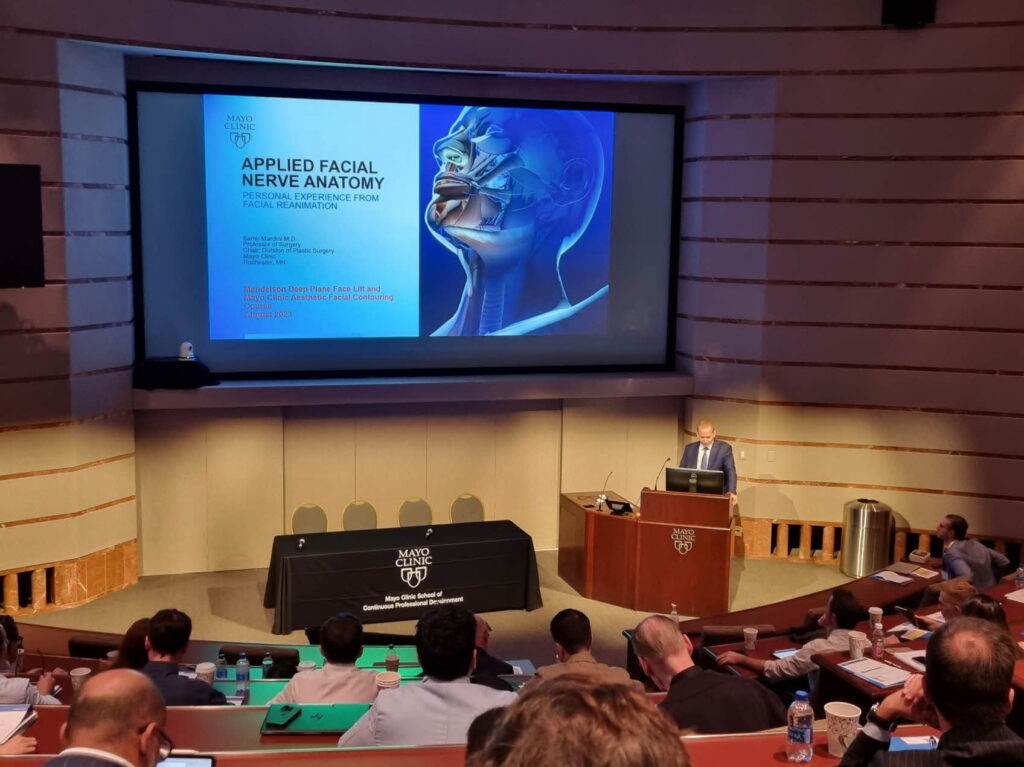
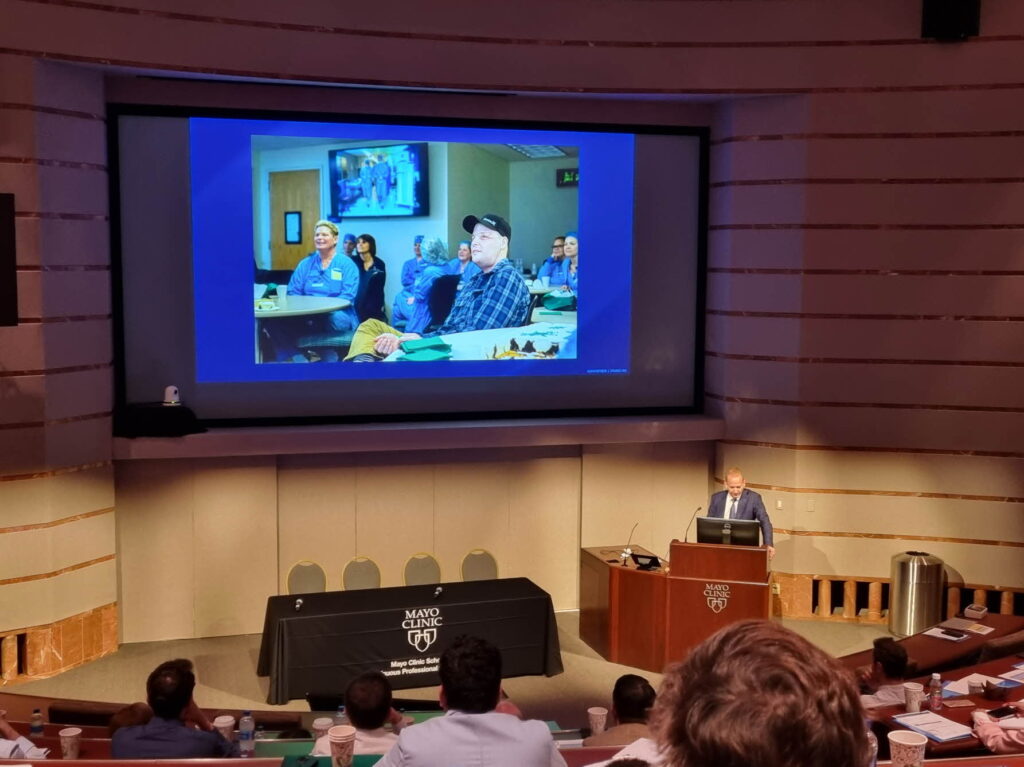
It was a 56-hour marathon surgery, largely because they meticulously connected even the fine branches of every facial nerve. The role of facial nerves is critical for enabling a variety of facial animations and expressions. Generally, successful transplantation surgery requires smooth blood circulation and the suppression of immune rejection as prerequisites. Moreover, considering quality of life, the roles of facial nerves and muscles are indispensable. Imagine a face without expressions; wouldn’t it resemble a mask? The definition of success for this surgery was set high, incorporating considerations for the patient’s social life in this sophisticated project. It was a hallmark of Mayo Clinic, a place that continues to make medical history.

I had a conversation with Dr. Mardini for about ten minutes. I appreciated his warm hospitality, and he mentioned that he had been briefed about me – the only East Asian member of the MAFAC faculty, coming from Seoul. He spent a long time at Chang Gung Memorial Hospital in Taiwan, so he is familiar with East Asian cultures. He was delighted to learn that I had been invited to share a panel with Prof. Yu-Ray Chen at next month’s MEVOS conference in China, and he asked me to send his regards. It was a great honor to meet such a distinguished individual. I passed on his regards to Prof. Yu-Ray Chen, who replied after seeing a photo we took together.
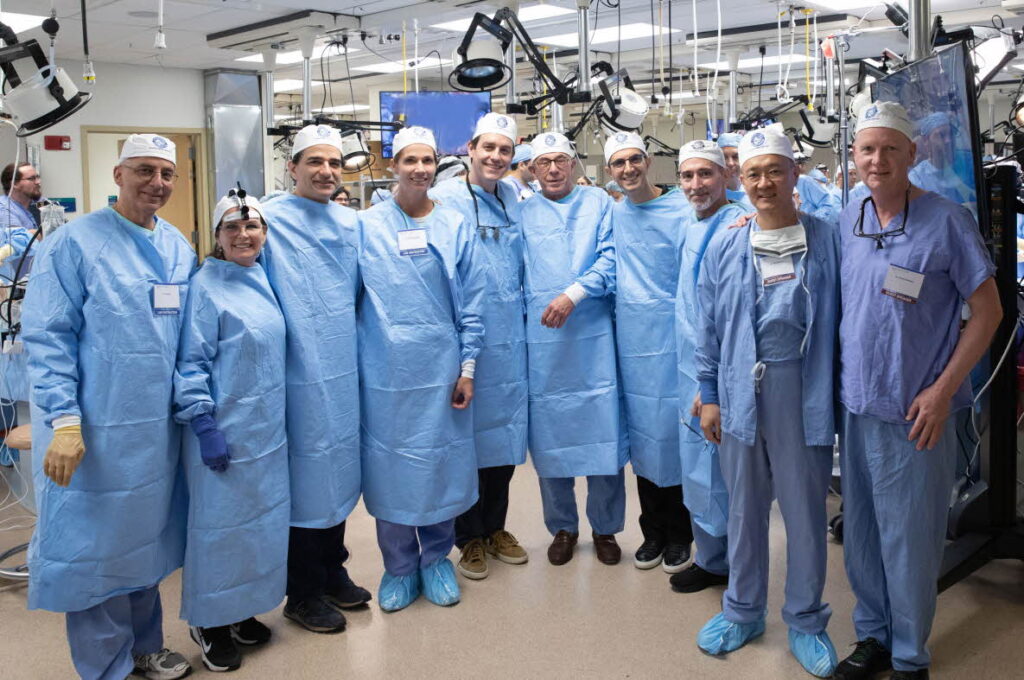
MENDELSON DEEP PLANE FACE LIFT AND MAYO CLINIC AESTHETIC FACIAL CONTOURING HANDS-ON SURGICAL SKILLS, August 2023. Stabile Biotechnology Building.
The response to this Mayo MAFAC was incredibly enthusiastic from the very beginning. It sold out within two weeks of announcement, and there was a significant waiting list. Due to the hands-on cadaver dissection nature of the course, participation was restricted to board-certified plastic surgeons due to limited specimens and lab space. I attribute this to the continuously evolving and developing content provided by the MAFAC faculty. At the core of this is likely Dr. Bryan Mendelson’s exceptional leadership and profound academic expertise.
The participants’ reactions were amazing. I consider this MAFAC, along with the MAFAC in Brisbane 2019 that included Guest Faculty Dr. Sam Hamra and Dr. Andrew Jacono, to be among the best MAFAC courses. I have been a part of the faculty every year since 2016, but this year’s Mayo MAFAC was perfect in every way. I extend my deepest gratitude to my wonderful friend and colleague, Basel, and the Mayo Clinic team.
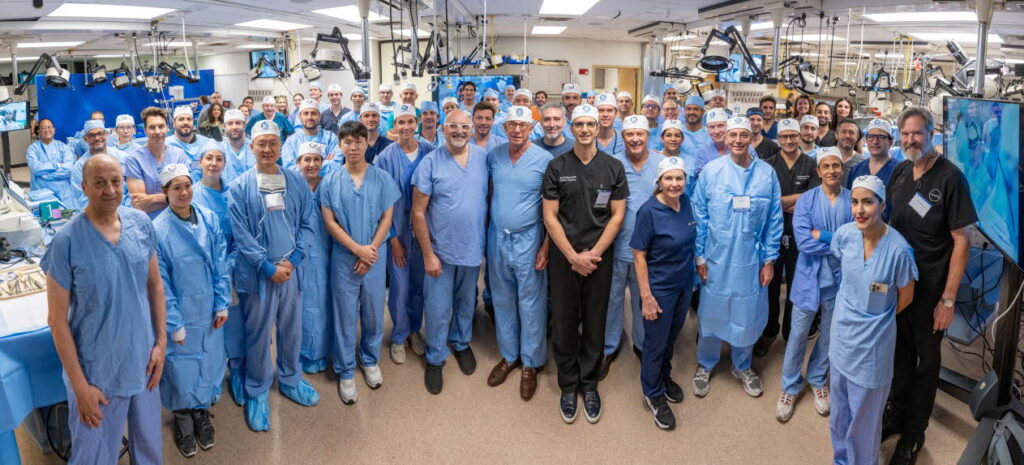
Dinner at the Mayo Foundation House. This location was originally the home of Dr. William J. Mayo, one of the Mayo brothers, who donated it to be used as a meeting place “for the good of mankind.” It now serves as a venue for Mayo Clinic meetings and events and is not open to the public. We took a commemorative photo of Mayo MAFAC 2023 with the MAFAC faculty at this historic site.

The performance by Take 2 Jazz Band greatly enlivened the atmosphere. Centered around the drums and saxophone, the band played elegant jazz standards, including Sonny Rollins’ “St. Thomas,” Antonio Carlos Jobim’s bossa nova classics, Dave Brubeck’s “Take Five,” and “Fly Me to the Moon,” among others. Levent and I discussed the music and enjoyed the swinging melodies. In fact, jazz is one of my favorites, almost like a close companion while I work. The band members are professors at the Mayo Clinic Medical school.
There was a certification presentation ceremony. It was a meaningful and glorious occasion at the Mayo Clinic, a site that has made history in medicine, notably as the birthplace of its founder, Dr. Mayo. The warm applause for each name called was heartfelt. When Dr. Bryan Mendelson was presented with his certificate, there was a prolonged standing ovation and particularly loud cheering. There was also tremendous applause and cheers for Dr. Basel Sharaf, who had prepared and led the Mayo MAFAC perfectly. It was a touching moment that will be remembered for a lifetime.
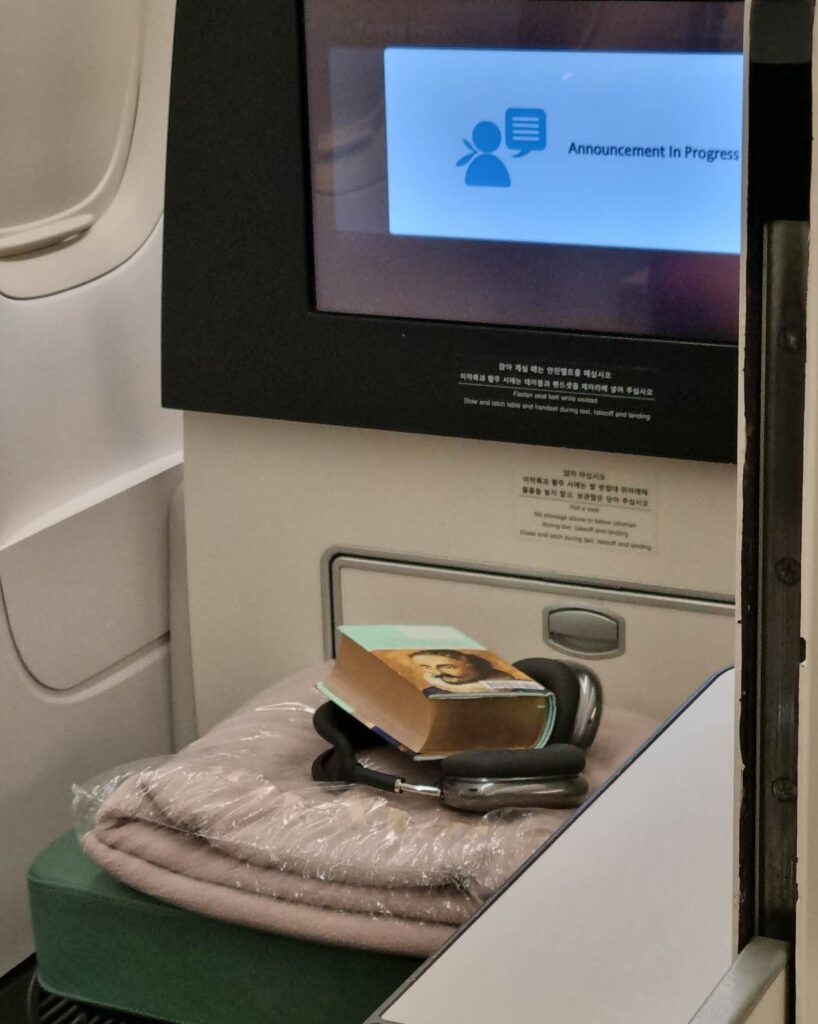
On the flight back to Seoul (LA-ICN, KE018, A380), there was a medical emergency. I heard the announcement and immediately rushed to assist. The patient was a 10-year-old boy who had collapsed while heading to the lounge. He had a history of nut allergies and was developing a rash all over his body. After administering steroids and anti-histamine PO medication, I checked the emergency kit for epinephrine, as it needed to be administered immediately if symptoms of anaphylaxis appeared. There were no other notable symptoms like breathing difficulties, though his blood pressure was somewhat low. After close observation, fortunately, his symptoms subsided, and he safely returned home.

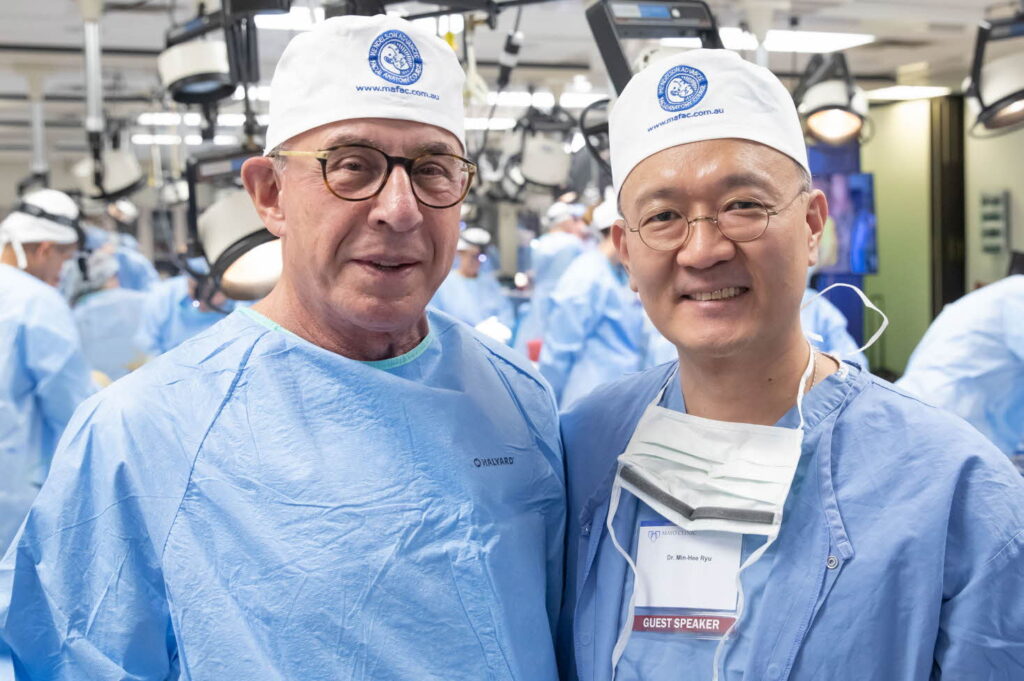
While MAFAC is held 2 to 4 times a year, this particular Mayo MAFAC was truly special. It brought together over 60 faculty members and participants from around 20 countries. Due to the higher-than-expected satisfaction, the 4-day MAFAC course at the Mayo Clinic in 2024 has been confirmed. MAFAC is constantly moving forward!

